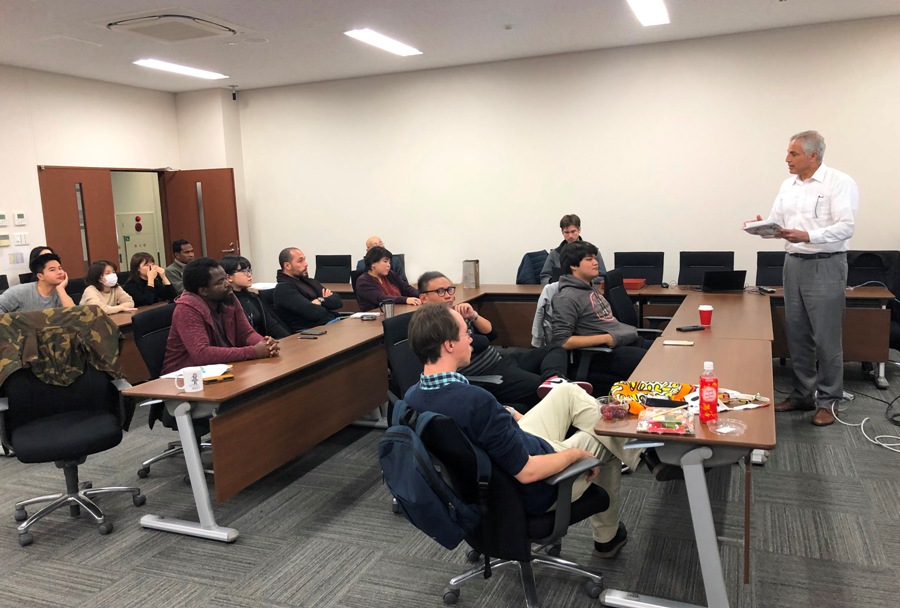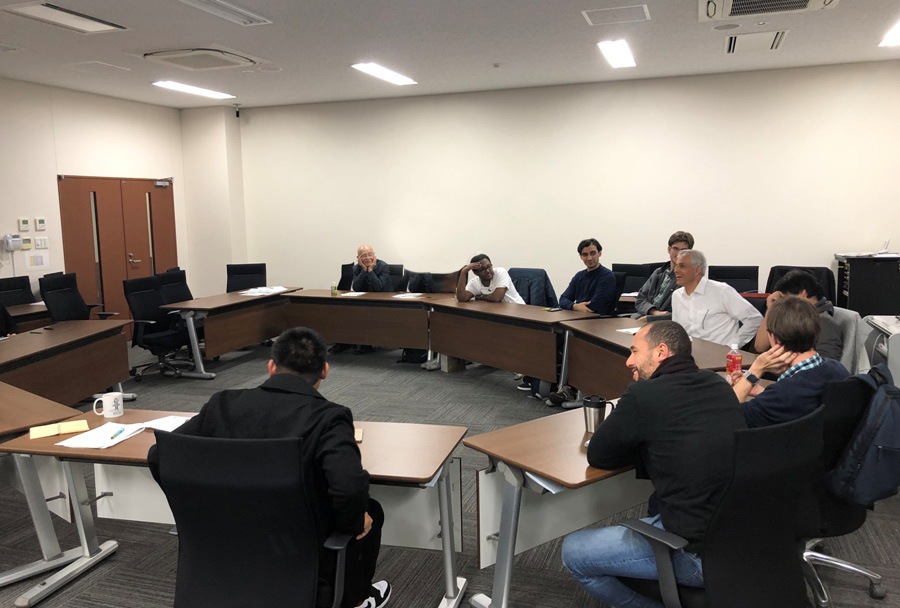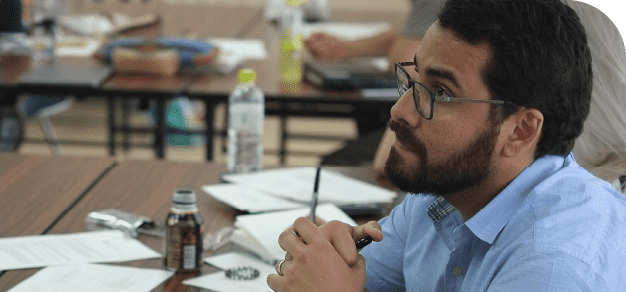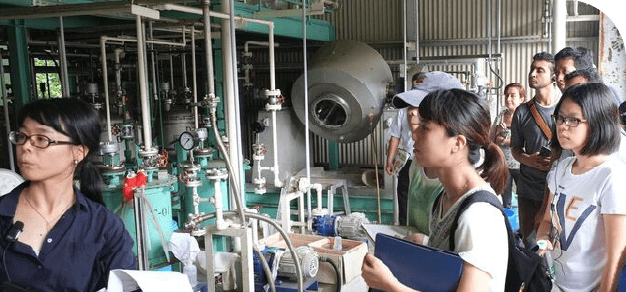Recent Activities
GRM Monthly Documentary Film Event - November
2019/11/14
A documentary film event was held on Thursday, 24 October 2019.
We watched a film, titled
“Tell the World: The Silent Plight of China's Uighurs”.
----------------------------
Date: Wednesday, 13 November 2019
Time: 17:30 P.M.-19:30 P.M.
Venue:Meeting Room, Shikokan Building, Karasuma Campus
----------------------------
■Commentary
Written by Iyas Salim
The plight of the Turkic-ethnic Uighur community in north-west China is probably the largest imprisonment of people on basis of ethnicity sine WWII, according to analysist and observers. The scale of the government scheme in Xinjian is vast and swift, shocking human rights observers in its details and urgency. U.N report stated in August 2018 that the Chinese government devised new policies in Xinjian to transform the region into what the U.N calls it, “a massive internment camps that is shrouded in secrecy.” The government of China officially refers to the camps as “Re-education Centers.” State propaganda footage claims the Uighurs as happy in the camps. However, Human Rights activists showed in the film a different reality at the camps, showing teachers were separated from students by railings and wire at the so-called class rooms. Rooms or cells were fitted with double-iron doors, heavy locks and cameras. Currently, it is believed there are more than one hundred such suspected facilities existing across Xinjiang, according to Human Rights activists.
This film tries to find out more about the reality of the ethnic Uighurs in Xinjiang region in north- west China. Drawing upon personal testimonies of Uighurs living abroad, satellite imagery and online Chinese government documents, the film examines the government policies of cultural and religious oppression against the Uighurs of Xinjian and other minorities in the region. Members of the Uighur community in Australia spoke up about the plight of families in their homeland. In one case, five siblings were taken by the Chinese government as masked police raided their home. The heavily armed police covered the siblings’ heads and shackled them in front of their children. Other cases spoke of the agonizing experience of prolonged waiting for their wives and young children to reunite with them in Australia. The Chinese government refuses permission to leave. Those personal testimonies tell of disturbing realities affecting at least a million Uighurs and other minorities.
The government embarked on a policy of racial and religion profiling by systemically rounding up Uighurs, confiscating passports and applying biometric data. Latest estimate is reported at as many as one million Chinese citizens. Who are the most targeted? According to researcher Adrian Zenz, the largest percentage of those targeted are men between the age of 18 and 45 years old. Majority of group is either in prison or internment camps. The government also puts the children of those detained in orphanages or boarding schools for brain washing and forced assimilation. Anthropologist Darn Byler said the government wants to eliminate Uighur culture and society, as satellite images show demolished mosques and residential areas. In addition, artificial intelligence is now widely used to profile Uighurs.
In the discussion following the film, participants, hailing from different countries and backgrounds, expressed views and opinions. The dilemma of the Uighurs needs to be put into larger context within China, said one participant. Freedom of religion and expression have its limits in China as a whole, as one student pointed out. “When I was studying at a Chinse university few years back, I could not pray in the campus of the university,” said one student. However, one participant talked about his experience of visiting Muslim quarters within Chinse Cities, and saw Muslim Chinese, known as Hui, going to pray in mosques in the neighborhoods. “Within China, it is important to make a distinction between the way Uighurs are treated by the government and those of the Hui,” commented the student.
In the Philippines, we have a love-hate relations with China. Trading relationship is big between the Philippine and China. However, China often shoots at Philippines ships in the sea, and that is why we call it the Chinese death trap, said the participant from the Philippines. Another wondered why such a huge economy such as China’s, possibly becoming the world’s number one in a few years, is not concerned about social stability, particularly in Xinjian province?
The debate went on tackling the ideology of the community party of China. May be it is about “ethnic socialism,” as one student pointed out. Is this a party policy applying the principle of socialism on ethnicity level, asked the student. Another referred back to an era of the Soviet Union where a collective system was applied, and that could be what we are seeing happening to the Uighurs in the present time. A student discussed history, saying one major historic feature of China has been always how to maintain unity. One researcher on the situation of Uighurs in Xinjian, argued that the film did not bring the point of view of Chinese government. One replied that the film producer contacted the Chinese embassy in Canberra but the Chinese ambassador refused to grant an interview. The researcher on Xinjiang said that the Chinese government will never agree to sit down with any separatist nationalist movement in North West of China. This time the film, however, focused on the human cost of the oppression of individuals and communities of Uighur people in Xinjiang. In a latest newspaper headline of the Japan Times, Monday, 18 November 2019, leaked official Chinese government documents revealed government policy of “no mercy” in Xinjiang. And that The New York Times reported there were one million Uighurs and other mostly Muslim minorities have been round in up in a network of internment camps across Xinjiang.





